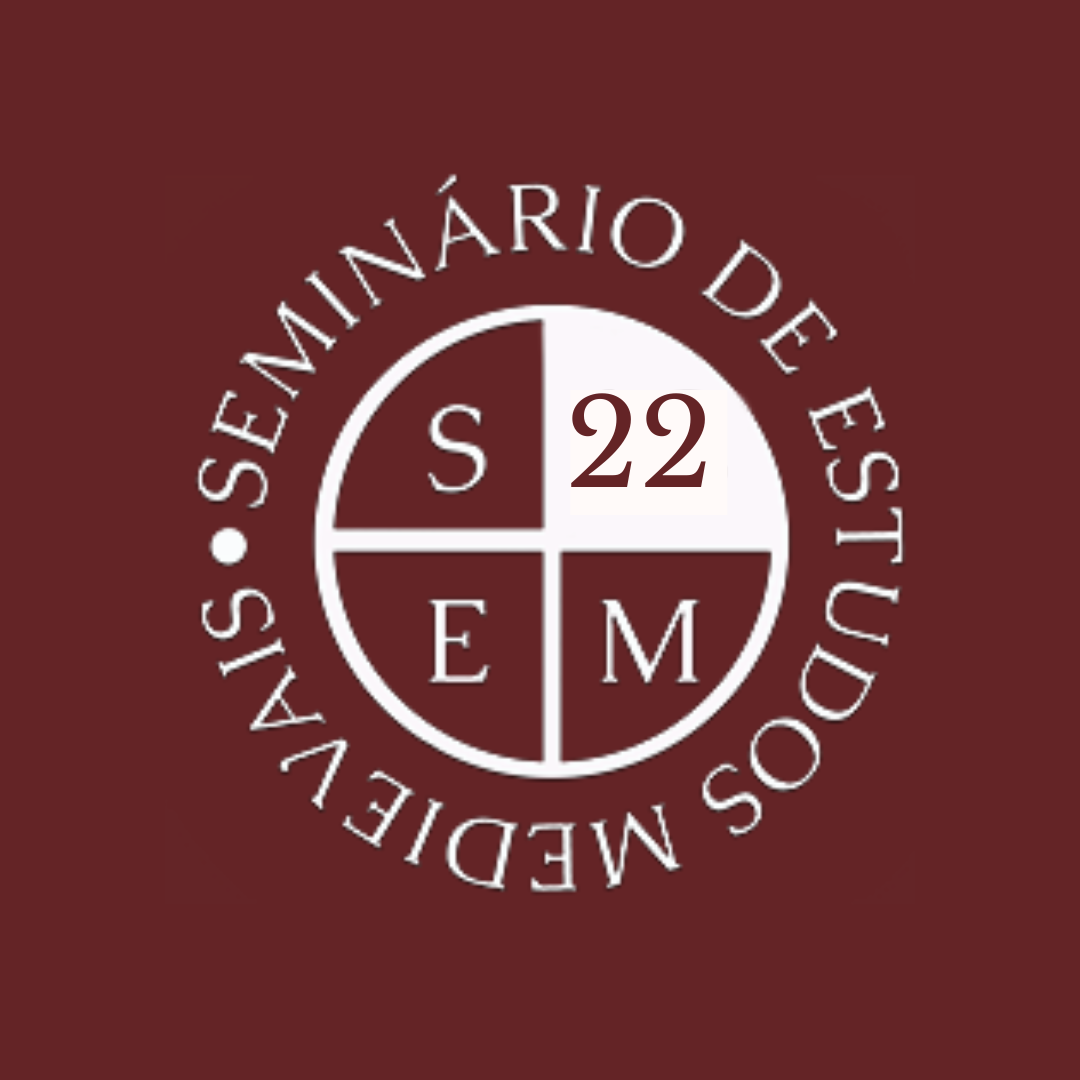Seminar in Medieval Studies: “La transposition du langage juridique au langage figuratif. Quelques exemples tirés des manuscrits de « droit civil » de la BnF (XIII-XIV siècle)” – Viviana Persi (Centre d’Histoire Judiciaire – Université de Lille 2)
13.07.2022 | 16:00
Zoom session

This contribution analyzes the illustrations of the Corpus iuris civilis contained in a group of manuscripts currently held in the Latin collection and in the new Latin acquisitions of the BnF. This corpus includes about forty illuminated manuscripts from the thirteenth (early) and fourteenth (mid) centuries in northern Italy, southern France and Catalonia. It is therefore part of the field of research devoted to legal iconography – “The Art of Law” – a disciplinary field which, until now, has mainly interested art historians.
The examination of this set of illustrations from a legal point of view shows how multiple functions can be attributed to images. Indeed, they are not limited to decorating the text or to constituting a useful “visual index” structuring the Corpus iuris, allowing the reader to orient himself between the various libri which compose it. On the one hand, indeed, the images contribute to the “sacralization” of the jurist, reflecting the preponderant role that it had finished playing in the society of the time. On the other hand, by concretizing the verbal abstraction of the norm, the images constitute a support for the memory of the doctores iuris, and seem to operate a visual correspondence between texts located in distinct volumes of the Corpus iuris civilis, highlighting in particular the legal principles or doctrinal cases that the domini legum considered important for their teaching and their theoretical studies.
The figurative language and that of the normative statement thus seem to be coordinated and conceived for each other in a relationship of mutual enrichment, enhancement, updating and clarification.
